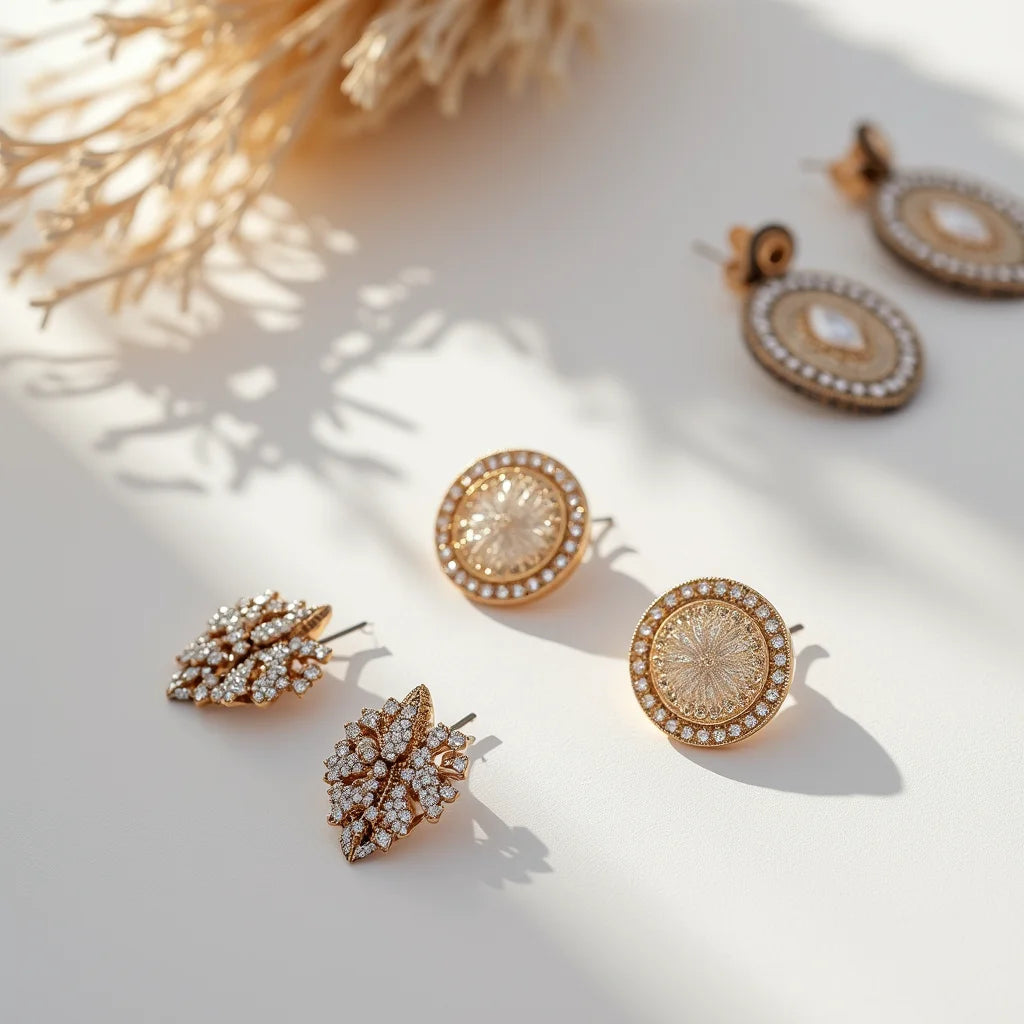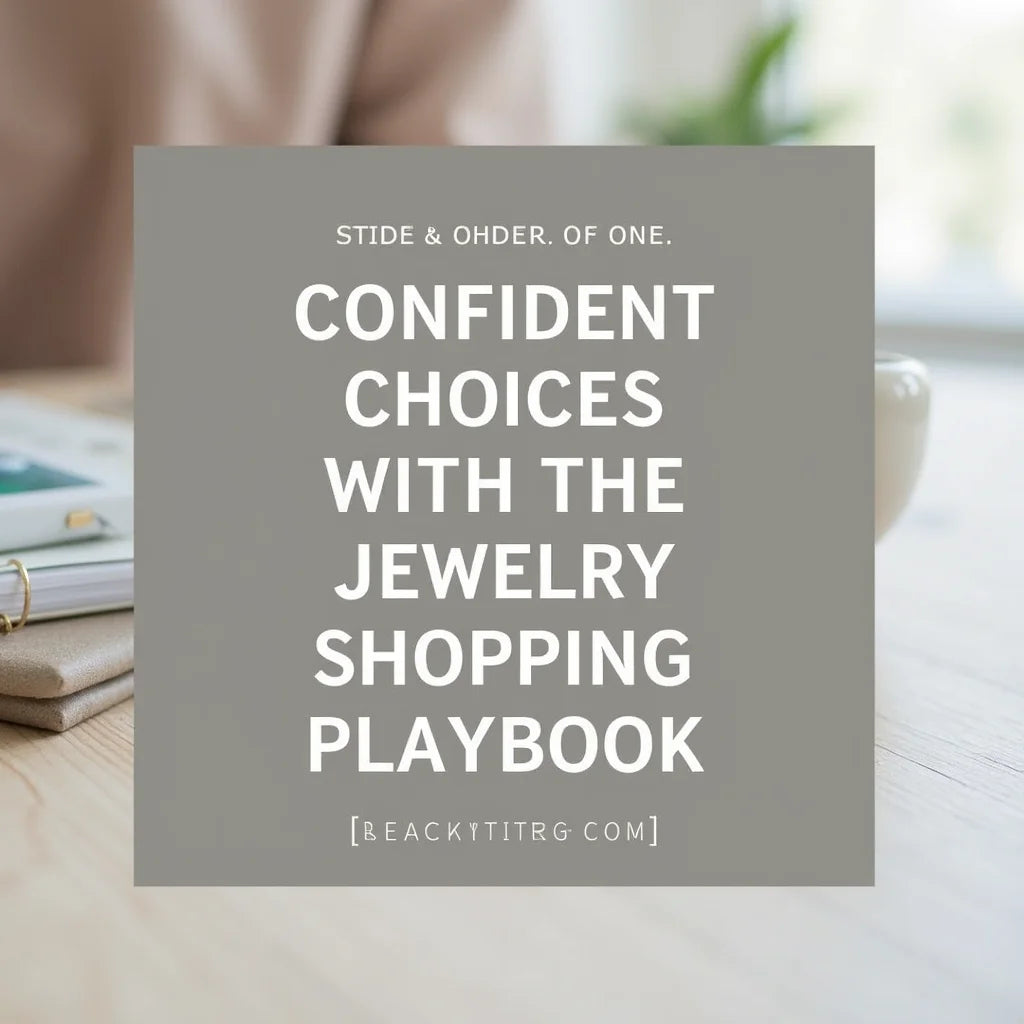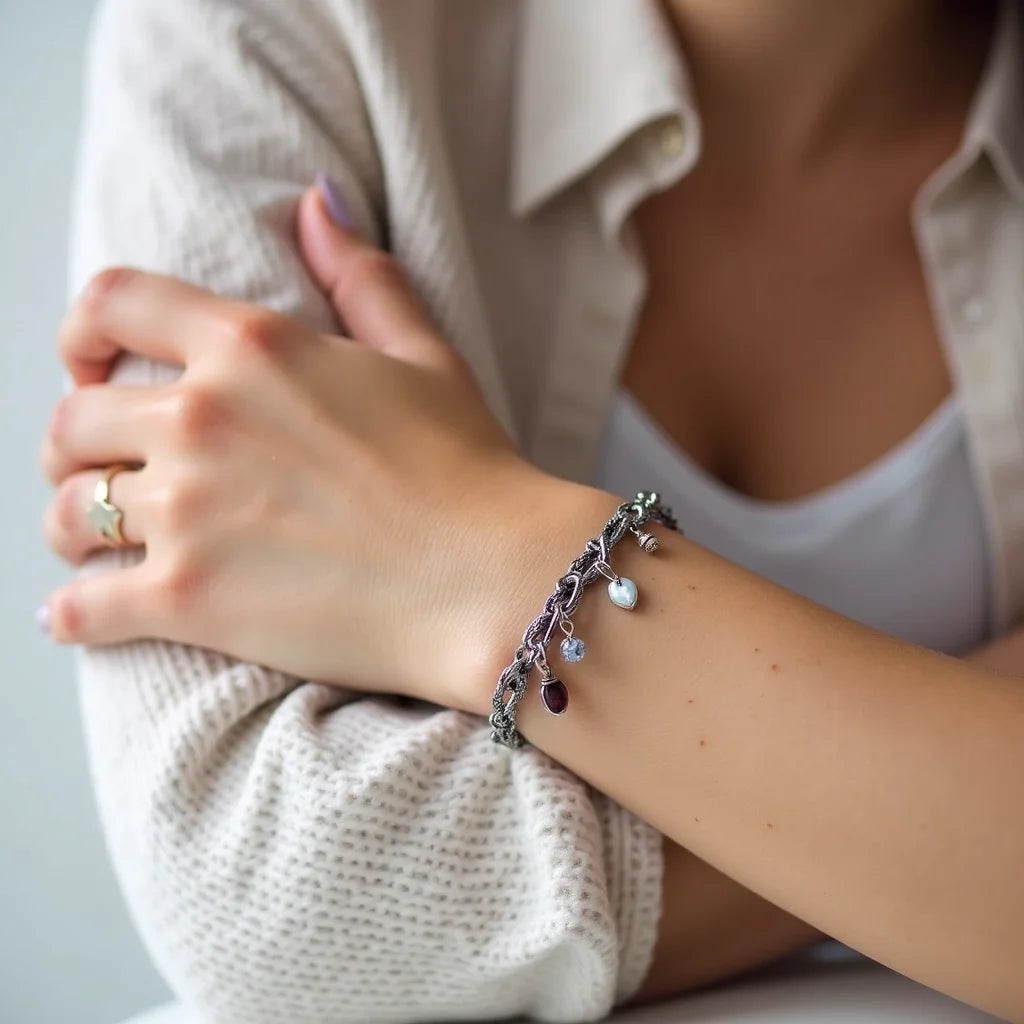Everyday Earrings Unpacked Materials Backs Sizes and Care
Updated on: 2025-10-17
Table of Contents
- Why Earrings Matter for Fit, Comfort, and Style
- Earring Insights: Did You Know?
- Earrings Comparison: Pros and Cons
- Buyer’s Checklist for Earrings
- Final Thoughts and Practical Advice on Earrings
- Earrings Q&A: Expert Answers
- About the Author: Jewelryshopping.com on Earrings
Earrings are small, but the right pair can change your look, elevate your daily style, and feel comfortable all day. This guide focuses on earrings from the ground up: key materials, the difference between stud earrings and hoop earrings, what to check for sensitive ears, and how to maintain ear jewelry at home. Whether you prefer minimal studs, small gold hoop earrings for everyday wear, or bold statement designs, the insights below will help you choose wisely and care for each pair with confidence.
Earring Insights: Did You Know?
- Gold purity affects durability: 14K and 18K gold alloys are commonly used for earring posts because they balance strength and luster better than pure 24K gold, which is softer.
- Nickel is a frequent irritant in fashion jewelry alloys. Hypoallergenic earrings for sensitive ears often avoid nickel and use materials such as titanium, niobium, surgical stainless steel, or higher-karat gold alloys.
- Closure styles influence comfort and security. Screw backs, push backs, lever backs, and hinged hoops each provide different levels of hold and ease of wear.
- Weight matters for long wear. Lighter earrings reduce strain on piercings and help maintain lobe shape over time.
- Finish and texture can change perceived size. High-polish surfaces reflect more light, making small designs appear larger without adding weight.
Earrings Comparison: Pros and Cons
Stud Earrings Overview
- Pros:
- Streamlined and versatile; suitable for professional and casual settings.
- Low snag risk with hair, masks, and scarves.
- Wide range of sizes and shapes from minimalist balls to gemstone solitaires.
- Often lighter than other styles, which supports comfort for extended wear.
- Cons:
- Smaller scale may offer less visual impact from a distance.
- Backings can loosen over time if not checked and replaced when worn.
Hoop Earrings Overview
- Pros:
- Timeless shape that frames the face and adds movement.
- Small gold hoop earrings for everyday wear balance elegance and comfort.
- Hinged and endless hoops provide secure closures with a clean silhouette.
- Available in many diameters and widths for subtle to statement looks.
- Cons:
- Larger sizes may be heavier and can snag on hair or clothing.
- Thin endless hoops can be delicate and require careful handling during insertion.
Exploring styles across materials and price points helps you refine your preferences. For a curated selection spanning classic to contemporary designs, view the Earrings Collection. If you enjoy a deep dive on metal color, diameter, and styling, this focused read on hoops is also useful: Gold Hoops Guide.
Buyer’s Checklist for Earrings
Use this checklist before you buy any pair of earrings. It distills key decisions into simple steps so you can select ear jewelry that aligns with your comfort, style, and budget.
- Metal and materials:
- For sensitive ears, prioritize hypoallergenic earrings for sensitive ears in materials such as titanium, niobium, platinum, 14K or 18K gold, or surgical stainless steel. Avoid unknown nickel content.
- Match metal tone to your wardrobe. Yellow, white, and rose finishes coordinate differently with skin tones and clothing palettes.
- Check plating details. Thicker plating over sterling silver can maintain color longer but will still require gentle care.
- Design and scale:
- Choose a diameter and drop length that suits daily use. Small gold hoop earrings for everyday wear typically range from 10 mm to 20 mm.
- Consider face shape. Rounded hoops soften angular features; geometric studs add structure to softer contours.
- Assess visual balance with other pieces you wear often, such as necklaces or glasses.
- Closure and security:
- Push backs are quick; screw backs are more secure for valuable studs.
- Hinged hoops and lever backs combine ease with reliable closure.
- Inspect posts and mechanisms for straightness and smooth operation.
- Comfort and weight:
- Favor lighter designs for long hours. Hollow or puffed silhouettes give presence with less mass.
- Test balance. Earrings should not tip forward when worn.
- Craftsmanship:
- Look for secure stone settings, even polishing, consistent symmetry, and clean solder points.
- Check that hoop seams align and that hinges click firmly into place.
- Care and maintenance:
- Confirm that stones and finishes are compatible with gentle cleaning methods.
- Plan storage. Use a dedicated tray or pouch to prevent scratches and tangles.
- Value and versatility:
- Choose neutrals for a capsule wardrobe, then add a signature statement piece.
- Balance cost with long-term wear. High-quality posts and closures provide lasting value.
Measuring Size and Fit
Scale drives both comfort and style. Measure hoop diameter against a ruler to visualize where the edge will rest near your jawline. For studs, compare millimeter sizes of center stones or domes to ensure everyday proportions that suit your preferences. If you stack multiple piercings, vary sizes for a balanced ear stack, such as a modest stud in the second piercing paired with a primary hoop.
Materials and Care Basics
Match care to materials. Gold alloys and platinum polish well with a soft cloth. Sterling silver benefits from anti-tarnish storage. For set stones, use gentle soap and water, and avoid harsh chemicals or ultrasonic cleaning if stones are treated or delicate. When in doubt, select designs that are easy to clean and simple to inspect for wear.
To compare materials and explore premium designs with secure settings, discover curated pieces in Diamond Earrings or review community feedback on a classic everyday shape like Sterling Silver Hoop Earrings.
Final Thoughts and Practical Advice on Earrings
Choose earrings that match your daily rhythm first, then layer in variety. Start with one or two dependable pairs: a refined stud and a small hoop. These anchor almost any outfit and allow you to mix metals and finishes as your collection grows. Evaluate comfort at the post and back, not just the front design. A smooth, properly sized post and a well-fitted backing can make the difference between a pair you reach for often and a pair you avoid.
Material choices matter, especially for sensitive ears. If you are unsure, select hypoallergenic earrings for sensitive ears made from a known alloy and test wear for short intervals before all-day use. Keep earrings clean with simple at-home care, store them separately, and inspect mechanisms periodically. Measured, consistent care helps preserve shine and extend the life of every piece.
For more style ideas and timeless shapes that complement many wardrobes, browse the curated Earrings Collection and the in-depth editorial on sizing and styling hoops here: Gold Hoops Guide.
Earrings Q&A: Expert Answers
What earrings are best for sensitive ears?
If your ears are sensitive, prioritize hypoallergenic earrings for sensitive ears in materials that commonly minimize irritation, such as titanium, niobium, platinum, and higher-karat gold alloys like 14K or 18K. Surgical stainless steel (often 316L) is another frequent choice for posts. Avoid unknown base metals and unverified plating. Select smooth posts, secure backings, and lighter designs, which reduce friction and pressure during wear.
How do I clean and sanitize earrings at home?
Follow a gentle process that suits most metal-only earrings and many durable stones:
- Wash hands. Prepare a small bowl with warm water and a drop of mild liquid soap.
- Soak earrings for a few minutes. Use a soft brush to loosen residue around posts and backs.
- Rinse thoroughly with clean water. Pat dry with a lint-free cloth.
- For posts and backs, wipe with a small amount of 70% isopropyl alcohol on a cotton pad, then allow to air dry.
- Avoid soaking porous or delicate stones and avoid harsh chemicals on plated finishes. When uncertain about a particular stone or setting, use only a soft, damp cloth.
This method focuses on cleanliness and practicality for everyday care. If you need specific care for a particular gemstone or setting type, review manufacturer guidance for that piece.
Which size earrings work best for everyday wear?
For minimal weight and high versatility, many people select small gold hoop earrings for everyday wear in the 10 mm to 20 mm range, or modest stud earrings between 3 mm and 6 mm across. These sizes pair well with casual and professional attire, layer smoothly with additional piercings, and tend to remain comfortable for long hours. Choose lighter profiles and secure closures to support daily use.
About the Author: Jewelryshopping.com on Earrings
Jewelryshopping.com curates fine jewelry and everyday essentials with a focus on craftsmanship, comfort, and timeless design. Our team evaluates materials, closures, and finishes across categories to help shoppers find earrings that feel as good as they look. Thank you for reading, and feel free to explore new favorites with confidence.
The content in this blog post is intended for general information purposes only. It should not be considered as professional, medical, or legal advice. For specific guidance related to your situation, please consult a qualified professional. The store does not assume responsibility for any decisions made based on this information.





Leave a comment